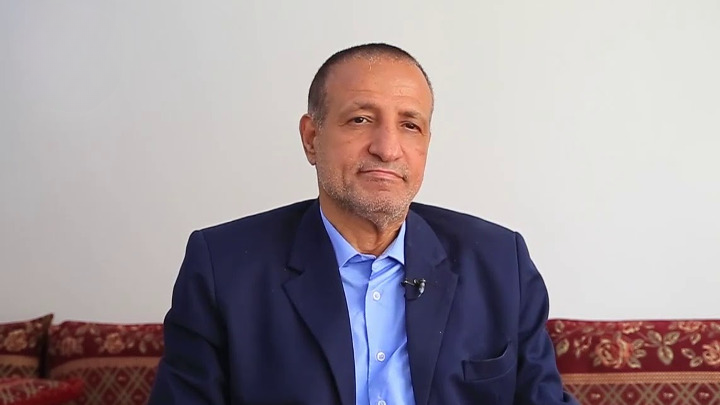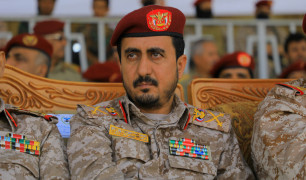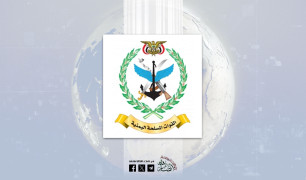مكتب إعلام الأسرى: استشهاد الأسير المحرر محمد البسيوني متأثراً بإصابته إثر سقوط خيمته من أعلى مبنى بلدية دير البلح وسط قطاع غزة نتيجة الرياح قبل أيام
وزارة الصحة بغزة: ارتفاع حصيلة العدوان الإسرائيلي على قطاع غزة إلى 71,455 شهيدا و171,347 جريحا منذ بدء العدوان
وزارة الصحة بغزة: 463 شهيدا و1,269 جريحا منذ وقف إطلاق النار في 11 أكتوبر الماضي
وزارة الصحة بغزة: 14 شهيدا بينهم شهيدان انتشال و18 جريحا وصلوا مستشفيات القطاع خلال الـ24 ساعة الماضية
مصادر لبنانية: مسيّرة للعدو ألقت قنبلة صوتية على وسط بلدة عديسة، وموقع الرادار استهدف أطراف بلدة شبعا بالرصاص
اللواء موسوي: عناصرنا واجهوا مثيري الشغب من دون سلاح وكثير منهم لم يُسمح لهم باستخدام السلاح أصلاً
رئيس هيئة الأركان العامة للقوات المسلحة الإيرانية اللواء عبد الرحيم موسوي: لو أراد شبابُنا أن يواجهوا مثيري الشغب بقوة السلاح لتمكنوا من إنهاء الأمر خلال ساعتين
مصادر فلسطينية: استشهاد طفلة جراء إطلاق نار من مسيّرة للعدو قرب مركز إيواء في بيت لاهيا شمالي قطاع غزة
حازم قاسم: التصعيد يؤكد استمرار العدو في سياسة تخريب اتفاق وقف النار وتعطيل الجهود المعلنة لتثبيت الهدوء في غزة
حازم قاسم: التصعيد الخطير تزامن مع إعلان الوسطاء تشكيل حكومة تكنوقراط والدخول في المرحلة الثانية من الاتفاق








































































